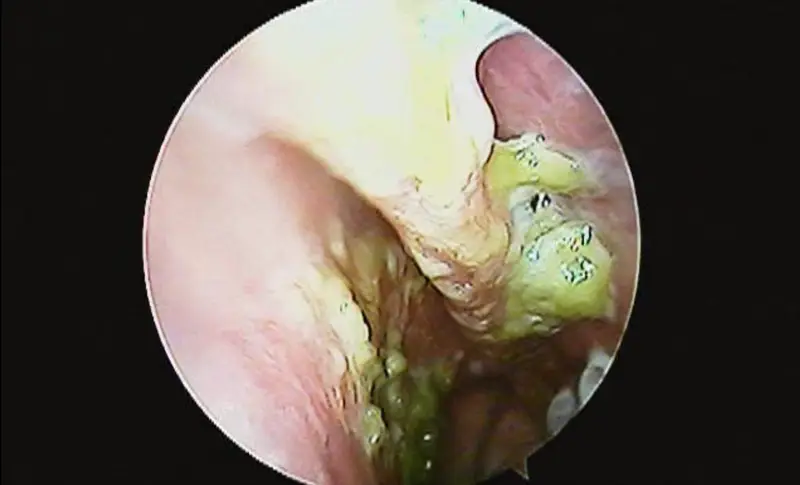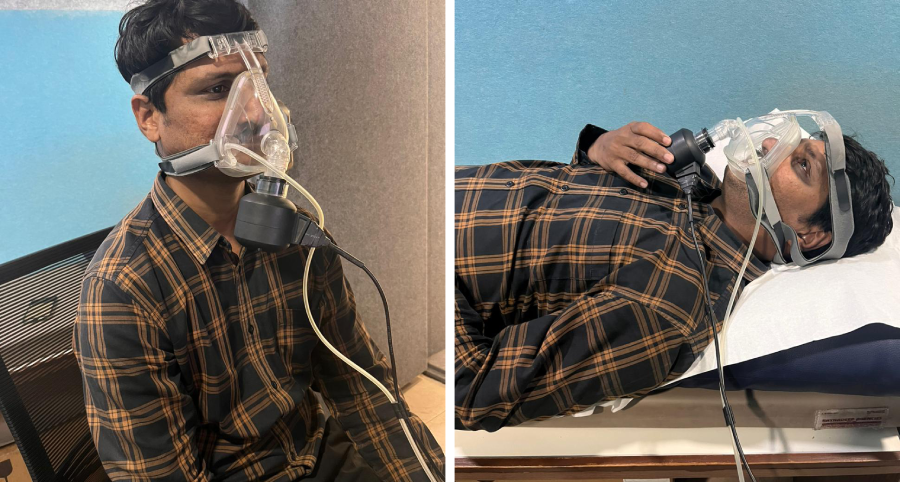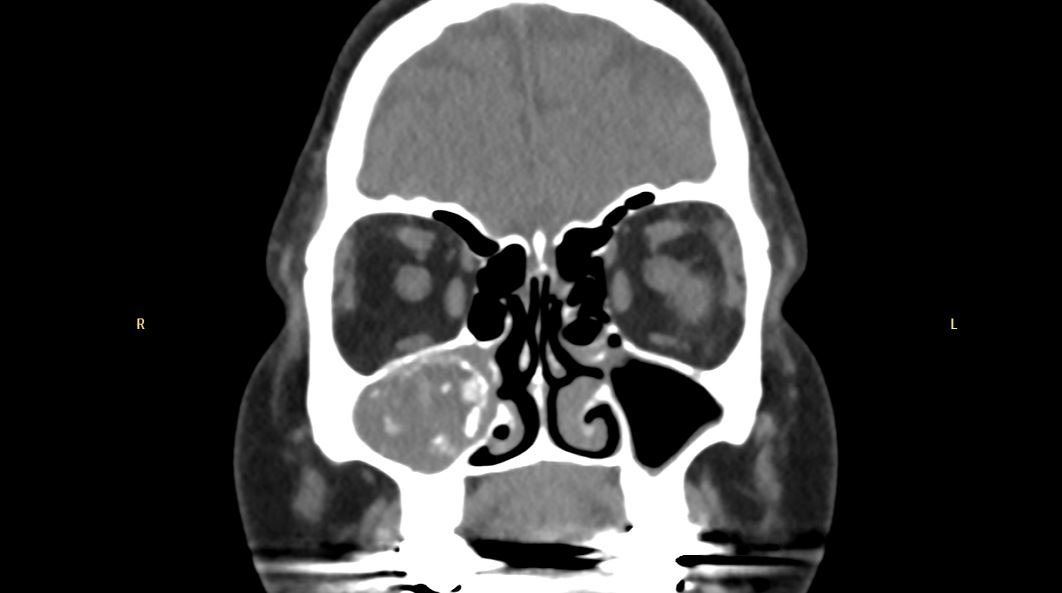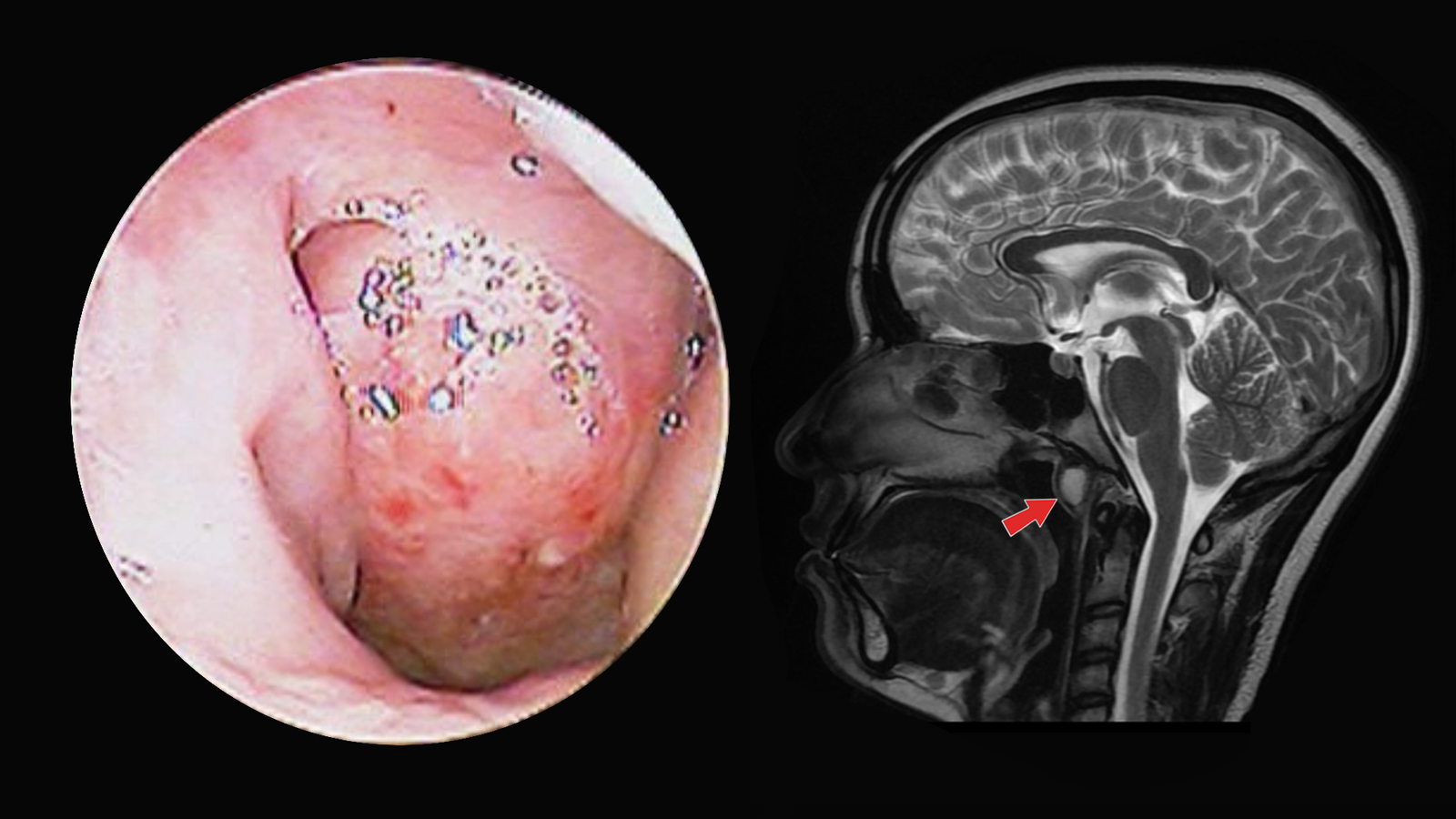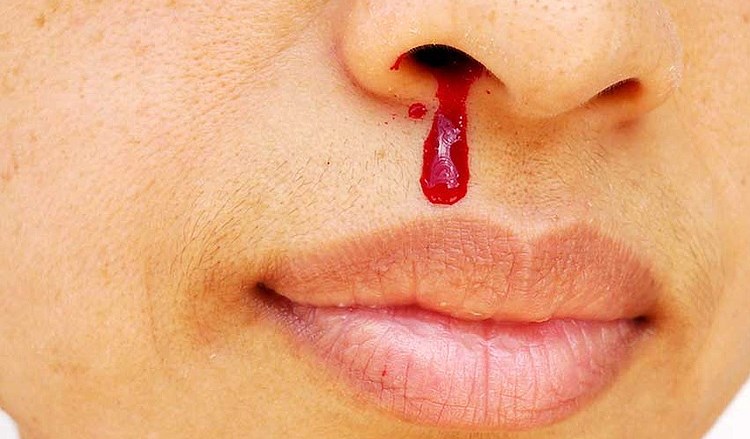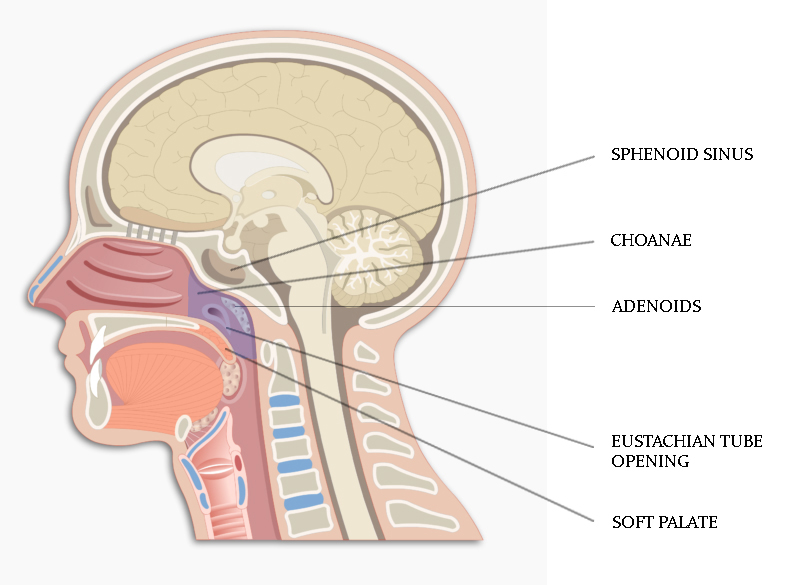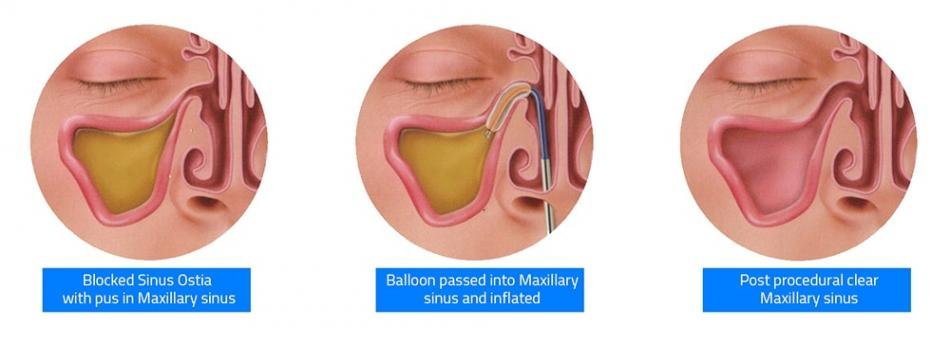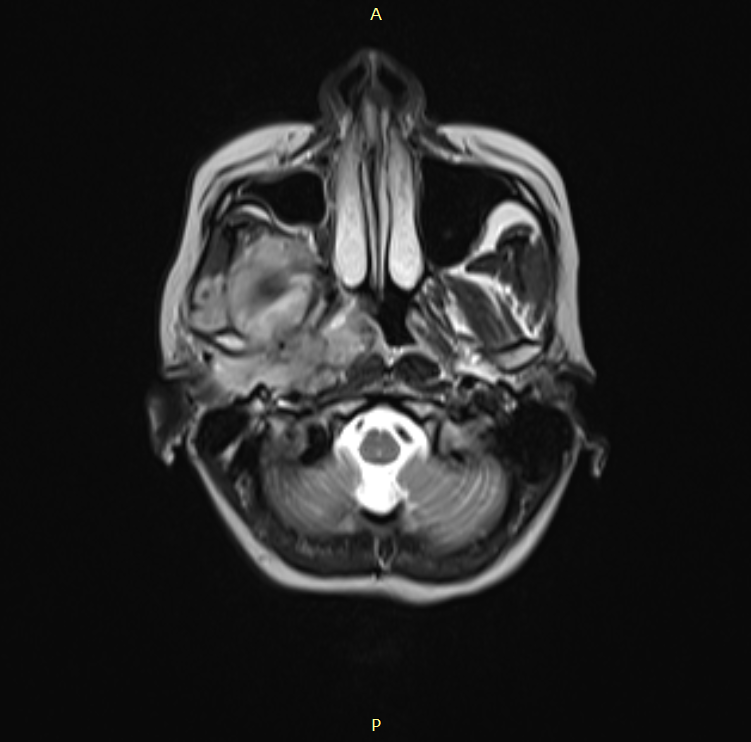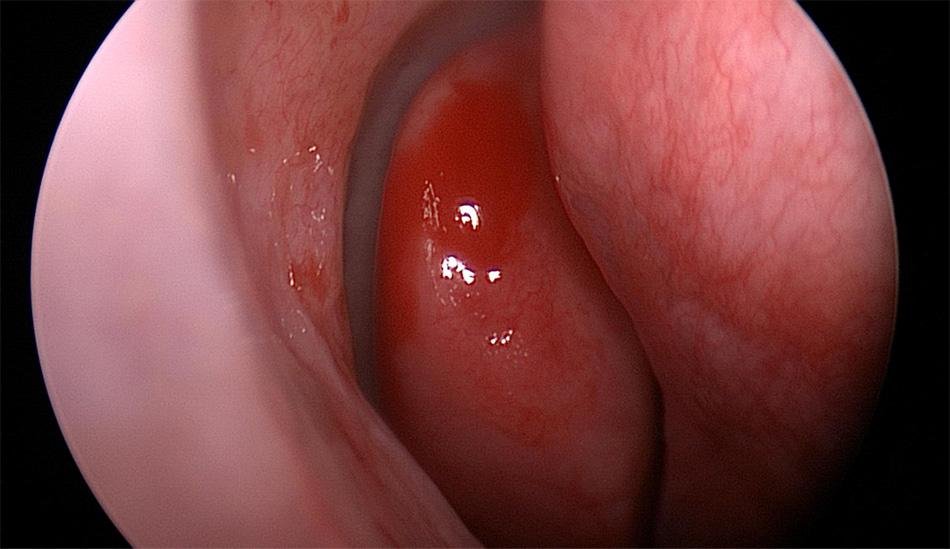Atrophic Rhinitis: A Clinical and Pathological Review
Atrophic rhinitis (also known as Ozaena) is a progressive, chronic nasal disease defined by mucosal atrophy, bony resorption of the turbinates, and the presence of thick, fetid crusts within the […]
Posted on
Beyond the Horizontal: How Body Position Increases Nasal Resistance – Insights from 4-Phase Positional Rhinomanometry
I am delighted to share insights from our latest research, recently published in the Romanian Journal of Rhinology. Our study, titled “Beyond the Horizontal – Impact of Body Position on […]
Posted on
Fungal rhinosinusitis – Clinical features, Types and Management
Fungal rhinosinusitis (FRS) is a complex and heterogeneous condition, with the role of fungal agents in its pathogenesis remaining incompletely understood. Although fungi can be cultured from the nasal secretions […]
Posted on
Allergic Rhinitis: Symptoms, Causes, Diagnosis, and Treatment
Allergic rhinitis, commonly called hay fever, is a condition where body’s immune system overreacts to particles in the air, known as allergens, causing bothersome symptoms that can affect daily life. […]
Posted on
How I do it?: Carolyn’s Window Approach To Unilateral Frontal Sinus Surgery
Endoscopic frontal sinus surgery is a highly specialized procedure that aims to address various pathologies within the frontal sinuses, such as chronic sinusitis, benign and malignant tumors, and other anatomical […]
Posted on
The Vital Role of Monoclonal Antibodies in Allergic Rhinitis and Chronic Rhinosinusitis with Nasal Polyposis
Allergic rhinitis (AR) and chronic rhinosinusitis with nasal polyposis (CRSwNP) are common inflammatory conditions of the upper airways that significantly impact patients’ quality of life. Though both are distinct upper […]
Posted on
Tornwaldt cyst – Clinical presentation, Diagnosis and Treatment
Tornwaldt cysts also spelled as Thornwaldt cyst or Thornwald cyst are benign, midline cystic swelling located in the roof of nasopharynx. It is also known as Pharyngeal bursa (Luschka Bursa). The […]
Posted on
Clinical Practice Guideline on Management of Nose Bleed (Epistaxis)
Nose bleed or Epistaxis is a common clinical condition that occurs at some point in at least 60% of people in the United States. While the majority of nosebleeds are […]
Posted on
Inverted Papilloma – Clinical features, Diagnosis and Treatment
Inverted papilloma is a rare, benign but locally aggressive neoplasm that arises in the Schneiderian epithelium which lines the nasal cavity and paranasal sinuses. It is also known as Ringertz […]
Posted on
FDA approves Dupixent (dupilumab) as treatment for chronic rhinosinusitis
Chronic rhinosinusitis (CRS) is a clinical condition characterized by prolonged inflammation of the nose and paranasal sinuses which lasts for more than 12 weeks. Signs and symptoms of sinusitis include […]
Posted on
Anatomy and Physiology of Nasopharynx
The nasopharynx is an air-containing cavity at the back of the nose, which occupies the uppermost extent of the aerodigestive tract. It’s like a small cuboidal box about two to […]
Posted on
Best practices for Safe Nasal Irrigation
Nasal irrigation, (also termed as nasal rinsing, washout, douching or lavage) is a personal hygiene practice in which a person’s nasal cavity is washed with saline water to flush out […]
Posted on
Role of Balloon dilatation in chronic rhinosinusitis – Clinical consensus statement 2018
Chronic rhinosinusitis (CRS) is a clinical condition characterized by inflammation of the paranasal sinuses that typically lasts beyond twelve weeks. It is caused by infections, allergies, and the presence of […]
Posted on
Staging systems for Juvenile Nasopharyngeal Angiofibroma
Juvenile nasopharyngeal angiofibroma (JNA) is an uncommon, slow-growing, benign but locally invasive vascular tumor arising from tissues in the sphenopalatine foramen inside the nasal cavity. JNAs are also reported to […]
Posted on
CT Scan, Endoscopy or MRI – Which is the best investigation in sinusitis?
Sinusitis is one of the commonest causes of patients visit to the oto-rhino-laryngologist (ENT). Making a diagnosis of sinusitis can be challenging as it is not always clear if it is […]
Posted on
